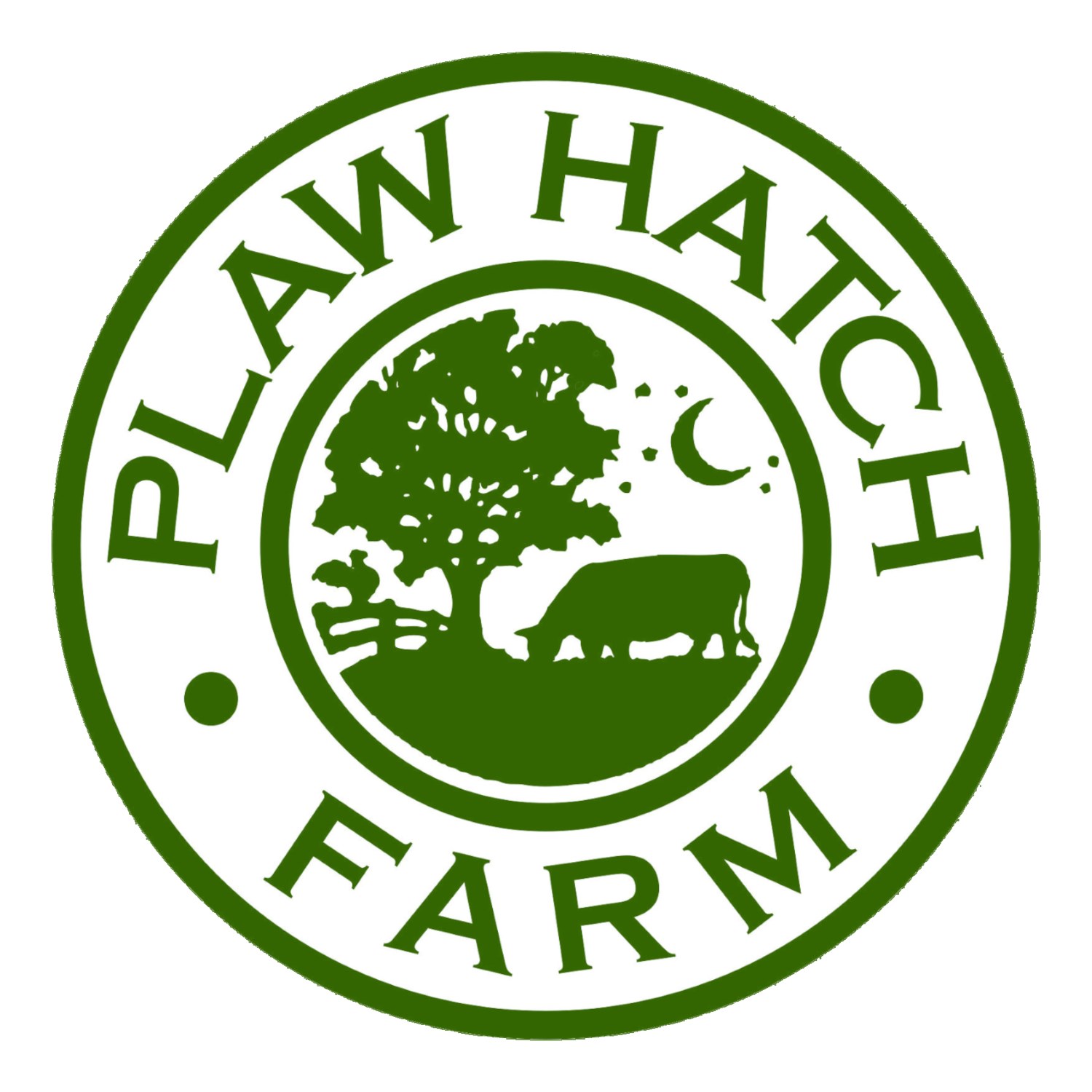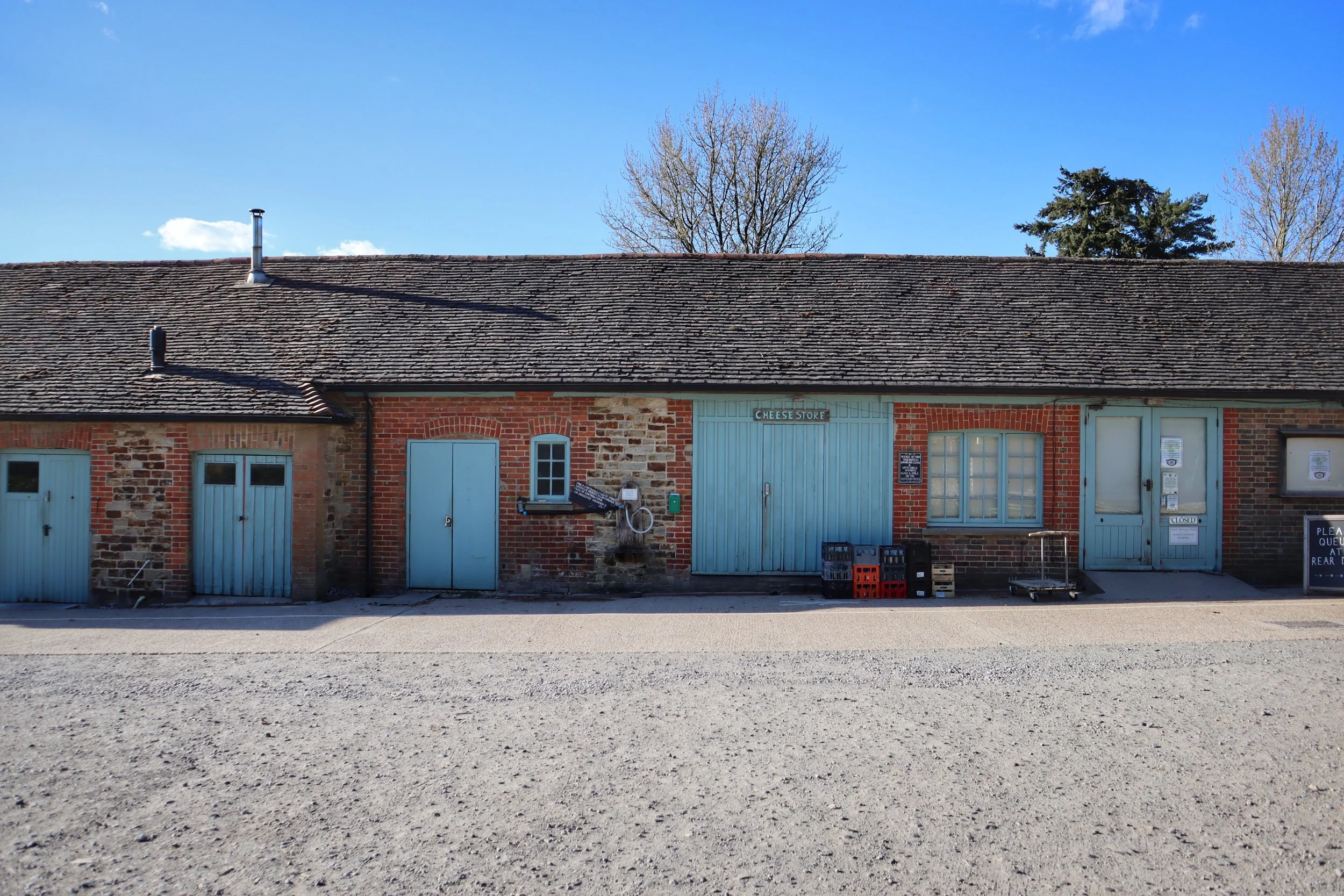Textile Treasures
BELLA GOGGIN
Nourishment. It is a familiar word when thinking about food, but what about our clothes and furnishings? In the shop, alongside the shifting colours of seasonal veg and reliably delicious bread, are the beautiful sheepskins and yarn from the farm flock. Plaw Hatch wool holds all the same depth of biodynamic goodness as the milk, meat, and vegetables. The health of the soil, the variety of the pasture, the welfare of the sheep...all these things can be read in the richness of the fibres. The skins and wool are processed organically by the Welsh Organic Tannery and the Natural Fibre Company in Cornwall, ensuring their full lustre is achieved in the final textile without using damaging chemicals or wasteful practices along the way.
The globalised, largely synthetic, textiles industry causes huge environmental and social harms. Thankfully this fact is making increasing impact across industry and amongst consumers. As a result the demand for more ethical alternatives is swiftly growing. In this sense, Plaw Hatch wool is pioneering. In the fashion industry ‘regenerative’ has become a bit of a buzz word, from design students to luxury brands. What this really means and finding textiles that can stand up to the definition of regenerative is harder than the industry would like to admit. A fibre that is born from land stewarded to sustain and replenish itself and its community, is rare. A textile treasure which many are looking for, and which sits quietly in our midst.
As things stand, sheep’s wool is by and large astoundingly undervalued with typical prices for fleeces not even covering the cost of shearing. Currently there are many missing links in localised textile production and cross-industry collaboration which mean most wool can’t achieve its full potential. But with the pressure for more ethical fibre increasing this should effect change in time. I’m really hopeful that wool will be given the value it deserves and that the amount of wool processed from biodynamic and organic farms will increase in step; so that we can close the gap between fashion and farming and understand the origins of what we wear as well as what we eat.
It was this idea which brought me to Plaw Hatch to volunteer for the first four months of this year. Working on the farm and witnessing the flock from winter into spring was such a gift, especially watching the lambs be born. It gave me the connection and understanding I was looking for, from the fibre I wear to the life of the animal, the health of the land and the work of the farmer. I can honestly say the story of the wool from this farm is as beautiful as it looks.
South East England Fibreshed is working to support and develop regional, regenerative, soil to soil textiles. You can see the work so far on instagram @southeastenglandfibreshed or read more about the overall aims of the global Fibershed movement at https://fibershed.org






